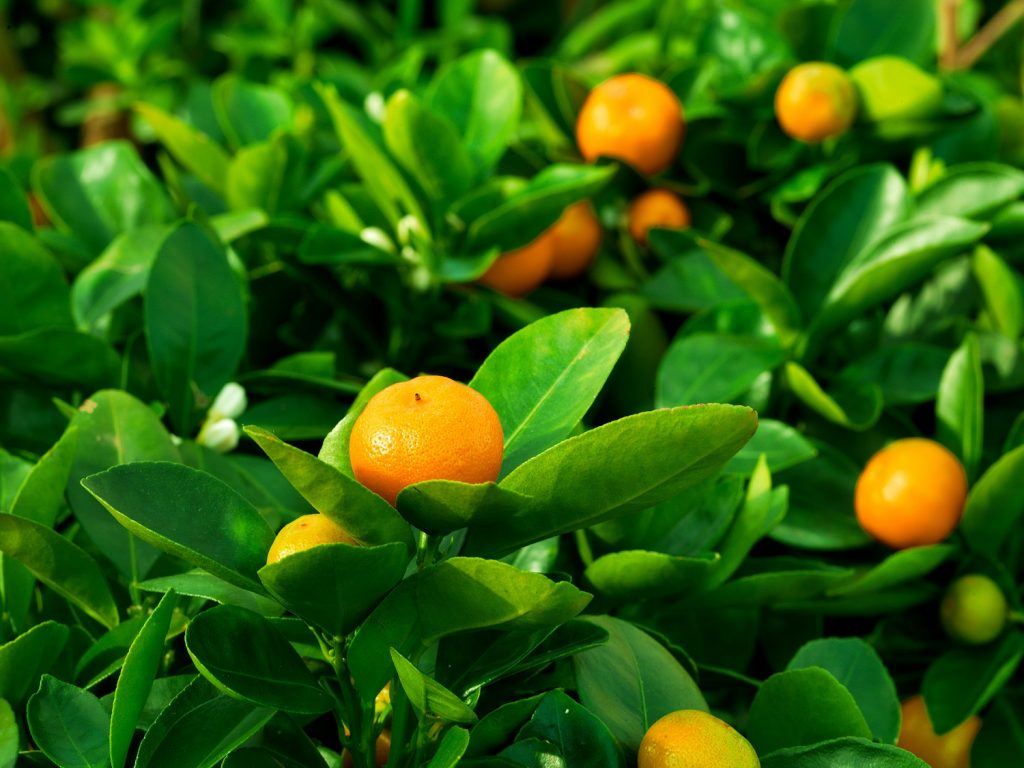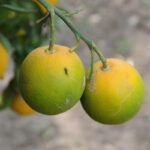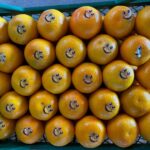South American satsuma season suffers amid Covid-19 restrictions

By Argentina-based Top Info.
As citrus seasons begin worldwide, campaigns are being hit hard by Covid-19 related challenges. Current restrictions and varying levels of lockdowns have complicated export and harvest processes in producing regions across South American countries.
The global market has been characterized by its unpredictability during the health crisis and as countries in the Southern part of the world send off their first shipments of citrus, they now anxiously await what destination markets will behave like in upcoming weeks.
Mandarins in particular are facing uncertainty. While citrus consumption and sales have been skyrocketing in some regions in the world, satsuma producers aren't sure what to expect in Europe - the industry's main market.
Peruvian mandarins
Peruvian mandarin season typically starts mid-to-late March as its first shipments of satsumas are sent to Northern European, primarily destined to reach the U.K. and Russia. Covid-19's impact, however, has significantly lowered export figures from the South American country.
While in the past two years Peru's citrus industry noted that it sent 770 metric tons (MT) and 1,250MT respectively, this year numbers have dropped because of the new and unanticipated restrictions.
At the end of March, barely 400MT of Peru's satsumas were exported. And this, according to the industry, has nothing to do with delays in harvest. In fact, Peruvian satsumas are seeing higher harvest volumes than the three past seasons.
70% of the country's current supplies are ready to be exported. The slight slow down of citrus exports out of Peru began when the country went under quarantine on March 16.
Initially, the order was supposed to last until March 31 but was later modified to extend to April 12. Harvesting operations in the fields are also going a bit slower than usual as there are less workers packing and harvesting as Covid-19 safety measures are put in place in the country.
Looking forward, Peru and other citrus-producing countries in the region will have to see how foreign markets react to its beginning shipments of citrus.
U.K., the U.S. and Russia: attempting to predict market behavior
The three largest markets for satsuma citrus from South American countries are the U.K., the U.S. and Russia - as mentioned previously. Throughout Europe and the U.S., satsuma mandarins are suffering as exporters struggle to market their fresh produce.
Without channels to reach consumers, commercial activity is made more challenging amid the Covid-19 pandemic.
A majority of satsuma citrus globally is sent to the U.K., making up more than two-thirds of all exports. Specialty citrus like satsumas have struggled in recent weeks in this market because many large-scale and independent grocers are pulling back advertising campaigns.
However, it looks like consumers in the U.K. are preferring fruits like pre-packaged mandarins over loose produce in supermarkets because it is often less handled by other shoppers. Relative to other citrus importers, the market has a better outlook than most.
As weeks go by, it is expected that mandarin imports will generally be in a tough position in the U.S. market as certain sales have been outright canceled. Though, it's impossible to tell at this point as consumer behavior around fresh citrus has been changing as of late around new Covid-19 buying patterns.
In Russia, the last two weeks have been especially difficult for South American citrus exports. Particularly in large scale retail, sales have plummented as Russian consumers are tending to go to smaller, local vegetable and fruit shops over big supermarkets.
Trends in the country indicate that shoppers are taking serious social distancing measures - creating an impact on citrus consumption. This has impacted prices, making them decline in most recent weeks.
To offset losses, some citrus suppliers are redirecting fruit from large retailers to local shops. Logistics in the market, however, have also been made more complicated in pandemic conditions.













































